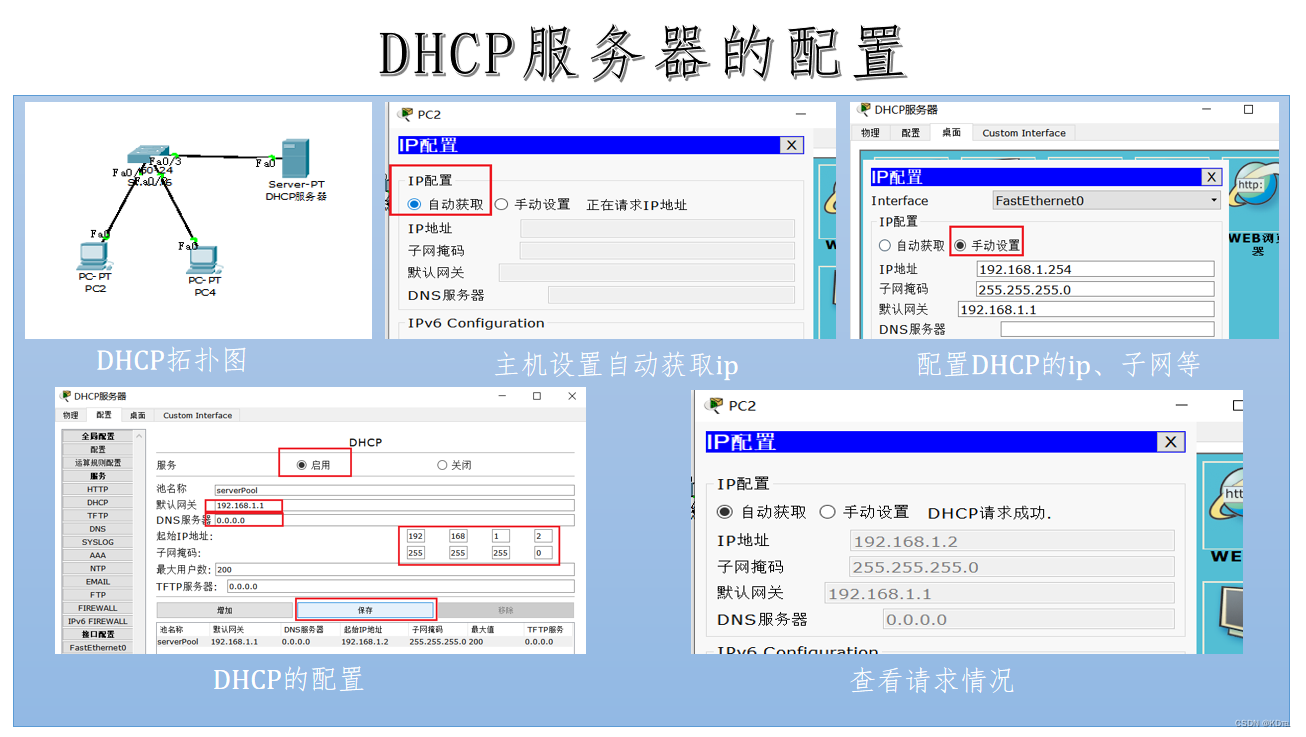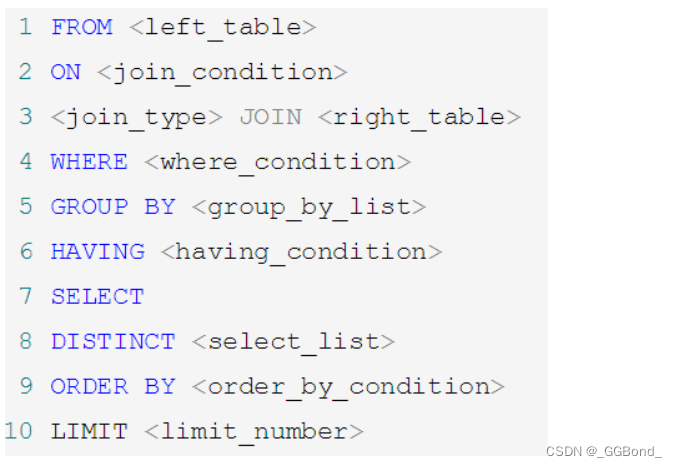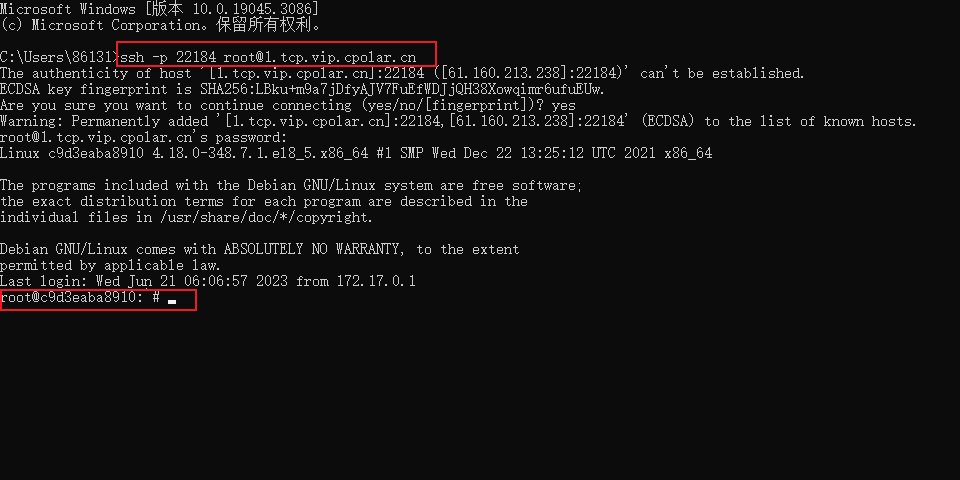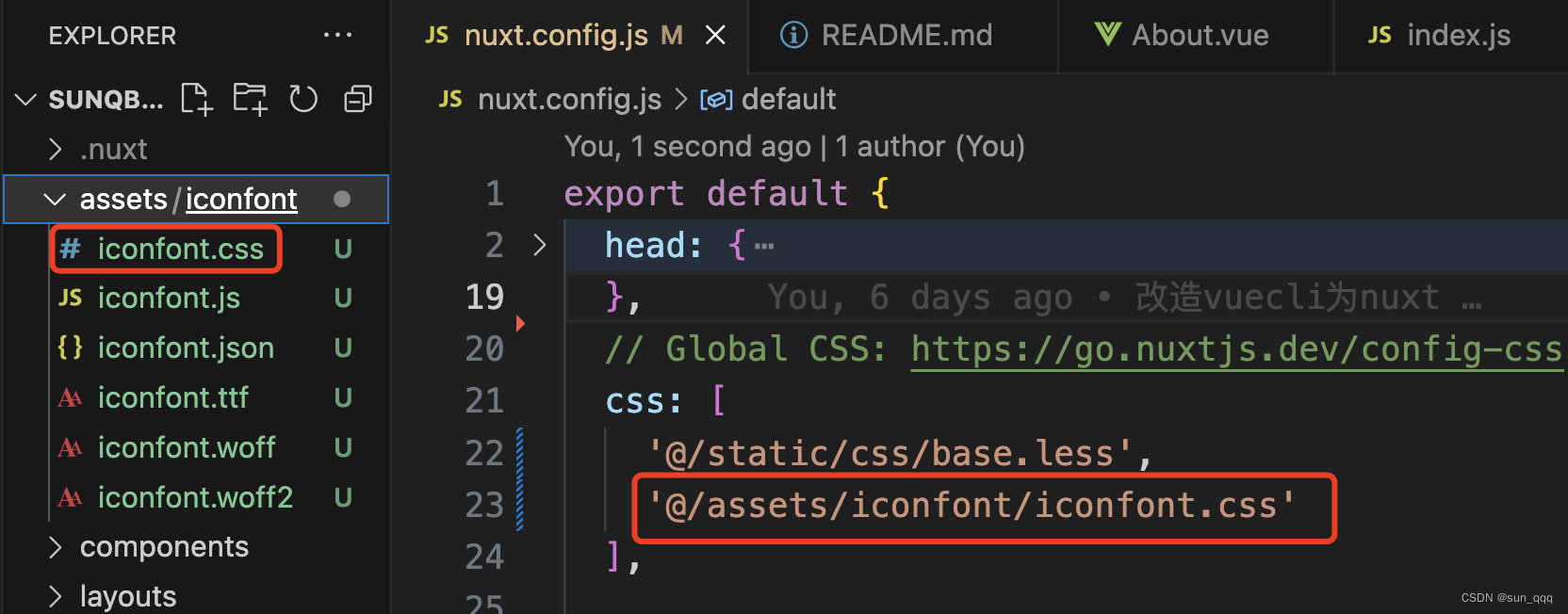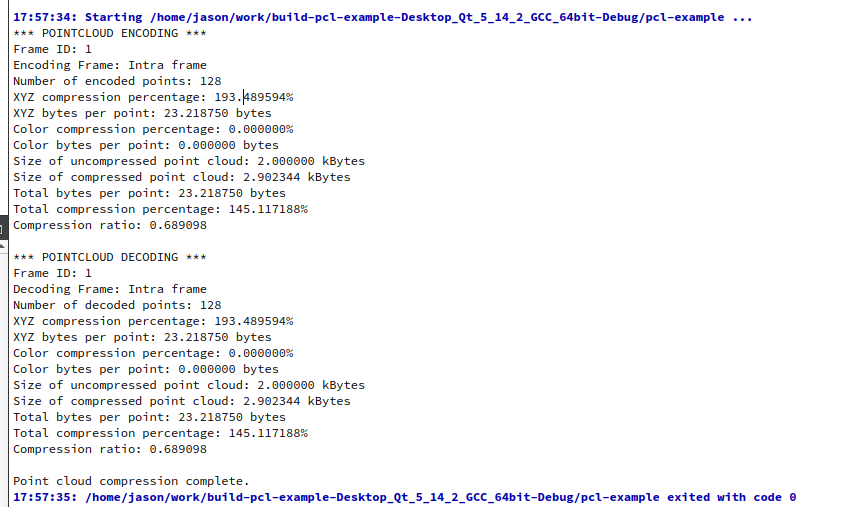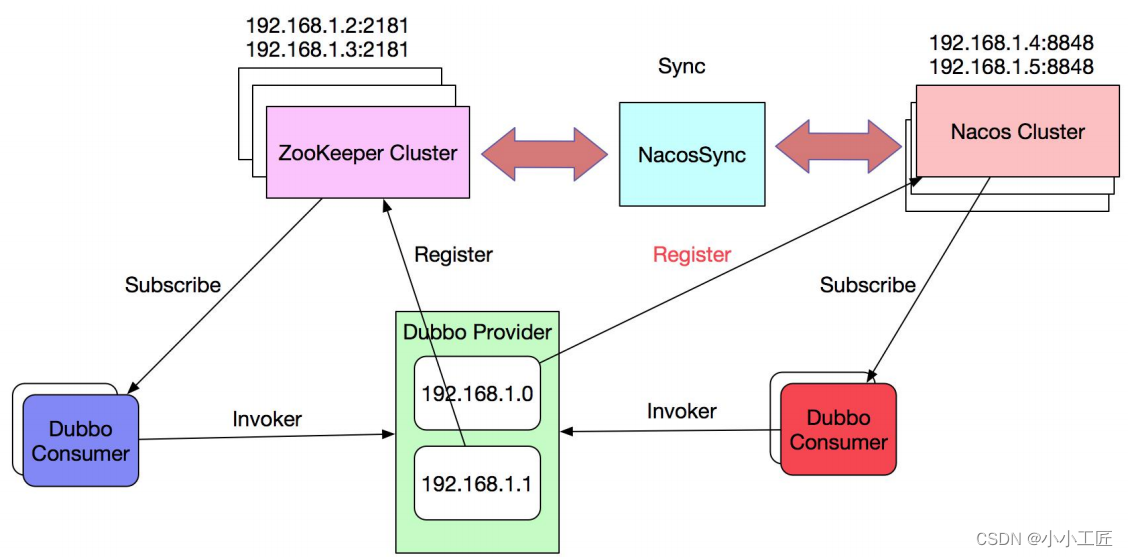操作系统:Windows
IDE:Visual Studio 2019
文章目录
- 1 文本文件
- 1.1 写文件
- 1.2 写文件实例
- 1.3 读文件
- 1.4 读文件实例
- 2 二进制文件
- 2.1 写文件
- 2.2 写文件实例
- 2.2 读文件
- 2.4 读文件实例
程序运行时产生的数据都属于临时数据,程序一旦运行结束都会被释放
通过文件可以将数据持久化
C++中对文件操作需要包含头文件 < fstream >
文件类型分为两种:
-
文本文件:文件以文本的ASCII码形式存储在计算机中
-
二进制文件:文件以文本的二进制形式存储在计算机中,用户一般不能直接读懂它们
操作文件的三大类:
ofstream:写操作ifstream:读操作fstream:读写操作
1 文本文件
1.1 写文件
写文件步骤如下:
- 包含头文件
#include <fstream> - 创建流对象
ofstream ofs; - 打开文件
ofs.open("文件路径”,打开方式); - 写数据
ofs <<"写入的数据”; - 关闭文件
ofs.close();
文件打开方式
| 打开方式 | 解释 |
|---|---|
ios::in | 为读文件而打开文件 |
ios::out | 为写文件而打开文件 |
ios::ate | 以文件尾为初始位置 |
ios::app | 追加方式写文件 |
ios::trunc | 如果文件存在,先删除,再创建 |
ios::binary | 二进制方式打开 |
注意:文件打开方式可以配合使用,利用 | 操作符
例如:用二进制方式写文件 ios :: binary | ios :: out
1.2 写文件实例
#include <iostream>
using namespace std;
#include <fstream>
void test()
{
//1、包含头文件 fstream
//2、创建流对象
ofstream ofs;
//3、指定打开方式
ofs.open("test.txt", ios::out);
//4、写内容
ofs << "姓名:axyzdong" << endl;
ofs << "性别:男" << endl;
ofs << "年龄:18" << endl;
//5、关闭文件
ofs.close();
}
int main()
{
test();
system("pause");
return 0;
}
- 运行结果:在当前目录下创建了一个 test.txt 文件,且文件内包含了写入的内容。
1.3 读文件
读文件步骤如下:
1.包含头文件
#include <fstream>
2.创建流对象
ifstream ifs;
3.打开文件并判断文件是否打开成功
ifs.open(“文件路径”,打开方式):
4.读数据
四种方式读取
5.关闭文件
ifs.close();
1.4 读文件实例
#include <iostream>
using namespace std;
#include <fstream>
#include <string>
void test()
{
//1、包含头文件 fstream
//2、创建流对象
ifstream ifs;
//3、打开文件 并判断是否打开成功
ifs.open("test.txt", ios::in);
if (!ifs.is_open())
{
cout << "文件打开失败" << endl;
return;
}
//4、读数据
第一种
//char buf[1024] = { 0 };
//while (ifs >> buf)
//{
// cout << buf << endl;
//}
第二种
//char buf[1024] = { 0 };
//while (ifs.getline(buf, sizeof(buf)))
//{
// cout << buf << endl;
//}
第三种
//string buf;
//while (getline(ifs,buf))
//{
// cout << buf << endl;
//}
//第四种
char c;
while ((c = ifs.get()) != EOF) //EOF end of file
{
cout << c;
}
//5、关闭文件
ifs.close();
}
int main()
{
test();
system("pause");
return 0;
}
2 二进制文件
以二进制的方式对文件进行读写操作
打开方式要指定为 ios::binary
2.1 写文件
二进制方式写文件主要利用流对象调用成员函数write
函数原型:ostream& write(const char * buffer,int len);
参数解释:字符指针buffer指向内存中一段存储空间。len是读写的字节数。
2.2 写文件实例
#include <iostream>
#include <fstream>
using namespace std;
class Person
{
public:
char m_Name[64];
int m_Age;
};
//二进制文件 写文件
void test01()
{
//1、包含头文件 fstream
//2、创建流对象
ofstream ofs("test1.txt", ios::out | ios::binary);
//3、打开文件
//ofs.open("test.txt", ios::out | out::binary);
//4、写文件
Person p = {"axyzdong", 18};
ofs.write((const char*)&p, sizeof(Person));
//5、关闭文件
ofs.close();
}
int main()
{
test01();
system("pause");
return 0 ;
}
- 运行结果:在当前目录下创建了一个 test1.txt 文件,且文件内包含了写入的内容。由于是二进制写入,可能会出现乱码情况。
文件打开后的情况:
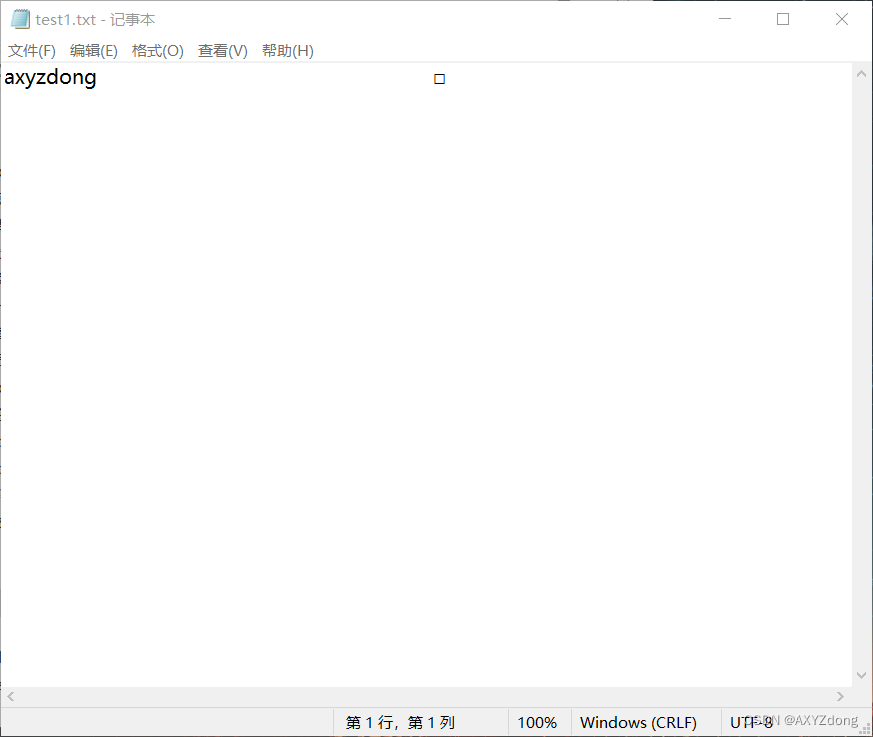
2.2 读文件
二进制方式读文件主要利用流对象调用成员函数read
函数原型: istream& read(char *buffer,int len);
参数解释:字符指针buffer指向内存中一段存储空间。len是读写的字节数
2.4 读文件实例
#include <iostream>
#include <fstream>
using namespace std;
class Person
{
public:
char m_Name[64];
int m_Age;
};
//二进制文件 读文件
void test02()
{
//1、包含头文件 fstream
//2、创建流对象
ifstream ifs;
//3、打开文件 判断文件是否打开成功
ifs.open("test1.txt", ios::in | ios::binary);
if (!ifs.is_open())
{
cout << "文件打开失败" << endl;
return;
}
//4、写文件
Person p;
ifs.read((char*)&p, sizeof(Person));
cout << "姓名:" << p.m_Name << endl;
cout << "年龄:" << p.m_Age << endl;
//5、关闭文件
ifs.close();
}
int main()
{
test02();
system("pause");
return 0 ;
}
- 运行结果:

Reference
- [1]:https://www.bilibili.com/video/BV1VJ411M7WR
如果以上内容有任何错误或者不准确的地方,欢迎在下面 👇 留言。或者你有更好的想法,欢迎一起交流学习~~~
更多精彩内容请前往 AXYZdong的博客

